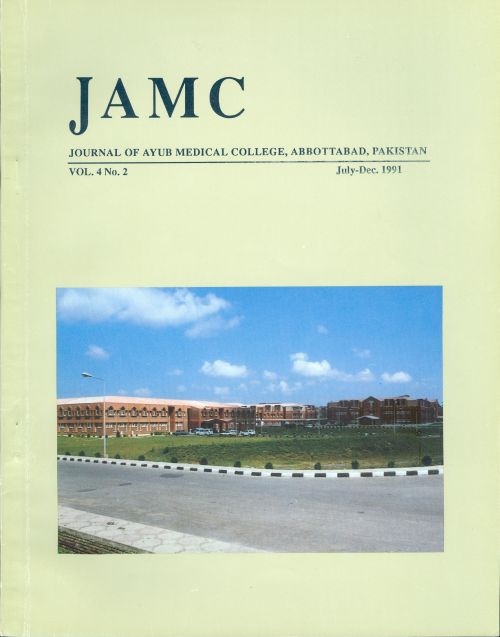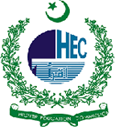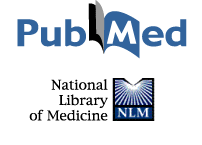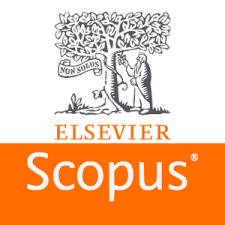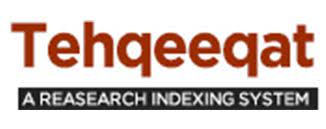HELMENTHIC INFESTATION PRESENTING AS CHOLECYSTITIS
Abstract
Helminthic infestation is a common health problem in our country. Its prevalence depends onclimate, socio-economic, unhygienic conditions and basic health education. Several surveysregarding the incidence of worm infestation in various countries of the world are available. InBangladesh slum, over 80% of the population have one or more parasites.1 In some parts of India,Ascaris infection has been reported upto 95%.2 In Pakistan the prevalence of parasites in diarrhealdisease was found to be 71%, with a high rate of Giardia lambilia.3Many of the worms have been associated with malnutrition. Beside malnutrition a variety ofother problems have been reported as a result of worm infestation. These include recurrent diarrhoeaand vomiting, malabsorption, appendicitis, respiratory infections, intestinal obstruction andhepatomegaly.We present two case reports which were admitted for obstructive jaundice and afterinvestigation they were diagnosed as infestation by Ascaris lambricoides obstructing bill duct.References
Khan MU, Shahidullah M, Barua Dk, Begum T. Efficacy of periodic deworming in an urban slum
population for parasite control. Ind J. Med Res 1986; 83: 82-8
Elkins DB, Haswell-Elkins M, Anderson R.M., The epidemiology and control of intestinal helminths
in the pulicat Lake region of Southern India. Trans R. Soc Trop Med Hyg 1986;80 (5): 774-92.
Baqai R, Suberi Sj. Prevalence of intestinal parasites in diarrhoeal patients. J Pak Med Assoc 1986;
: 7-11.
S.H. Shah, M.A, Khaiq and F. Subhani. Helminthic infestation in Hazara Division. JPMA Jan. 1986;
- 13.
Issue
Section
License
Journal of Ayub Medical College, Abbottabad is an OPEN ACCESS JOURNAL which means that all content is FREELY available without charge to all users whether registered with the journal or not. The work published by J Ayub Med Coll Abbottabad is licensed and distributed under the creative commons License CC BY ND Attribution-NoDerivs. Material printed in this journal is OPEN to access, and are FREE for use in academic and research work with proper citation. J Ayub Med Coll Abbottabad accepts only original material for publication with the understanding that except for abstracts, no part of the data has been published or will be submitted for publication elsewhere before appearing in J Ayub Med Coll Abbottabad. The Editorial Board of J Ayub Med Coll Abbottabad makes every effort to ensure the accuracy and authenticity of material printed in J Ayub Med Coll Abbottabad. However, conclusions and statements expressed are views of the authors and do not reflect the opinion/policy of J Ayub Med Coll Abbottabad or the Editorial Board.
USERS are allowed to read, download, copy, distribute, print, search, or link to the full texts of the articles, or use them for any other lawful purpose, without asking prior permission from the publisher or the author. This is in accordance with the BOAI definition of open access.
AUTHORS retain the rights of free downloading/unlimited e-print of full text and sharing/disseminating the article without any restriction, by any means including twitter, scholarly collaboration networks such as ResearchGate, Academia.eu, and social media sites such as Twitter, LinkedIn, Google Scholar and any other professional or academic networking site.

